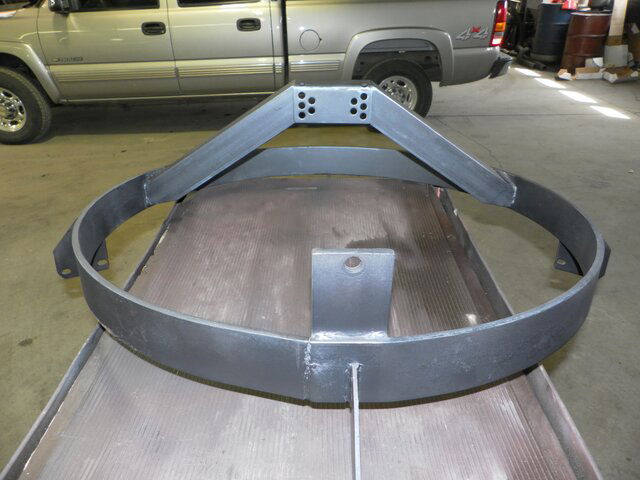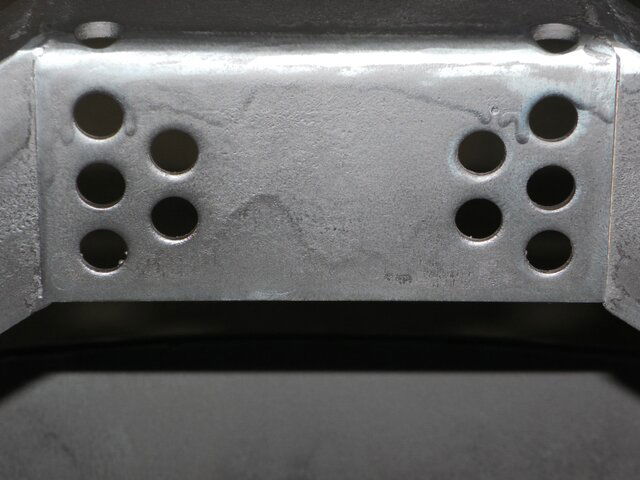Construction of a Polar Mount
I have been thinking of building a polar mount for my 1.2M Prodelin dish and putting a good mover on it. Research has brought up some questions that the pros here could answer. Just to see if I have this correct.
Elevation – The entire dish moves up or down.
Declination – Best explanation I can come up with would be the dish "fixed" at the bottom and the top moved away from the mount.
Now if this is correct, do both prime focus and offset dishes require a declination setting?
If they do, why can't this amount of "movement" be calculated into the construction of the mount?
I have stated that due to there is no adjustment on my BUD for declination. Built into the mount?
I have found several designs. Some really wild, but they worked.
Any thoughts?
I have been thinking of building a polar mount for my 1.2M Prodelin dish and putting a good mover on it. Research has brought up some questions that the pros here could answer. Just to see if I have this correct.
Elevation – The entire dish moves up or down.
Declination – Best explanation I can come up with would be the dish "fixed" at the bottom and the top moved away from the mount.
Now if this is correct, do both prime focus and offset dishes require a declination setting?
If they do, why can't this amount of "movement" be calculated into the construction of the mount?
I have stated that due to there is no adjustment on my BUD for declination. Built into the mount?
I have found several designs. Some really wild, but they worked.
Any thoughts?



